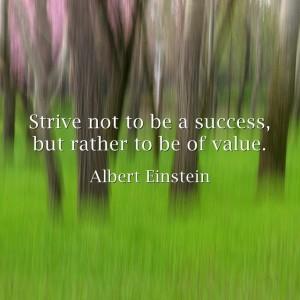Keep telling yourself you need a better website to build greater awareness for your cause?
You can certainly do this. But are you asking the more important question?
Why the heck do you want greater awareness? And why would anyone want to be aware of you? Those are the questions too many nonprofits fail to ask. So ask. Seriously. Take a moment. I’ll wait.
“Because we want more people to know about us.”
WHY?
“Because we want to educate them about what we do.”
WHY?
“Because we want more people to support us.”
AHA! Now you’re getting somewhere.
Now ask yourself how getting a better website is going to get you more support. Chances are it won’t. Not really. Because folks are on a journey towards you that builds – from awareness… to interest… to engagement… to investment. And the kicker is that the latter two are where all the action happens. Awareness and interest alone are passive. They won’t get you the active investment you need to sustain your mission.
Engagement precedes investment!
Sadly, most nonprofit websites are lousy engagement vehicles. They’re especially lousy when compared with a blog.
Let’s look at 4 reasons why blogs trump websites for creating engagement:
Details
 I know you’ve got a nice juicy steak. And you think that’s amazing. And it is. But it’s not enough to make me buy it.
I know you’ve got a nice juicy steak. And you think that’s amazing. And it is. But it’s not enough to make me buy it.




